What Is Tint Base Paint?
We will tell you what tint base paint is and what makes it different from primer
When you are going to do some painting projects in your home, you will most likely face such terms as a primer and/or base paint. To most of us, these words sound like some unclear magic spells, moreover, people often misunderstand their meanings!
The most frequently asked question is: what is tint paint base? And also, folks often think that base paint and a primer are the same things. Is it so?
This is what we are going to figure out today.
In this article, we will explain to you what base paint is and what tinting a base paint is in particular. Also, you will find out what makes a base paint and a paint primer distinct. In addition, you will get a pool of useful tips and life hacks on the subject.
For example, we will tell you what shall be done if you used base paint without tinting by mistake.
Tint Base Paint. What Is It?
First things first, let’s figure out what it is to tint base paint. As you could guess from the name, to tint base paint means to add a colorant to the base paint to achieve paint in the desired color.
Colorants are very concentrated paint pigments, so even a small amount can create a big difference in the paint’s coloring!
Most often, you get your paint tinted right in a store when you purchase it. In this case, it is placed in a special machine that will dispense colorants in specific amounts.
The employee punches in a code for the color you want, and the machine adds colorant to achieve that particular hue.
While most people have their paint tinted in a store, it is technically possible to tint your own paint at home. However, this process is somewhat different from the paint tinting done in a store.

See, when you tint your paint at home yourself, the process usually involves taking an existing paint (regular paint, not base paint) and adjusting its color by adding different colored paint.
Now you might be curious about how to tint paint at home. Well, the scheme is fairly simple in fact. For example, if you have a paint that’s a deep navy blue, and you need something closer to medium blue for your painting project, you could add white paint to the existing navy blue. After you stir it thoroughly, the blue paint would be lighter than it was originally.
At this point, it is important to take into account that adjusting a paint color at home is challenging!
Of course, lighting paint with white is something that anyone can do. However, if you have a navy blue and want it to match a teal from a paint swatch, figuring out how to pull that off might not be that easy.
See, when you get paint tinted at a store, a variety of colorants get dispensed. Usually, you won’t know exactly which ones are added. Plus, you might not know precisely which colorants are already in your existing paint.
This is why, when you try to do the same thing at home, picking what colorants to add usually amounts to guesswork.
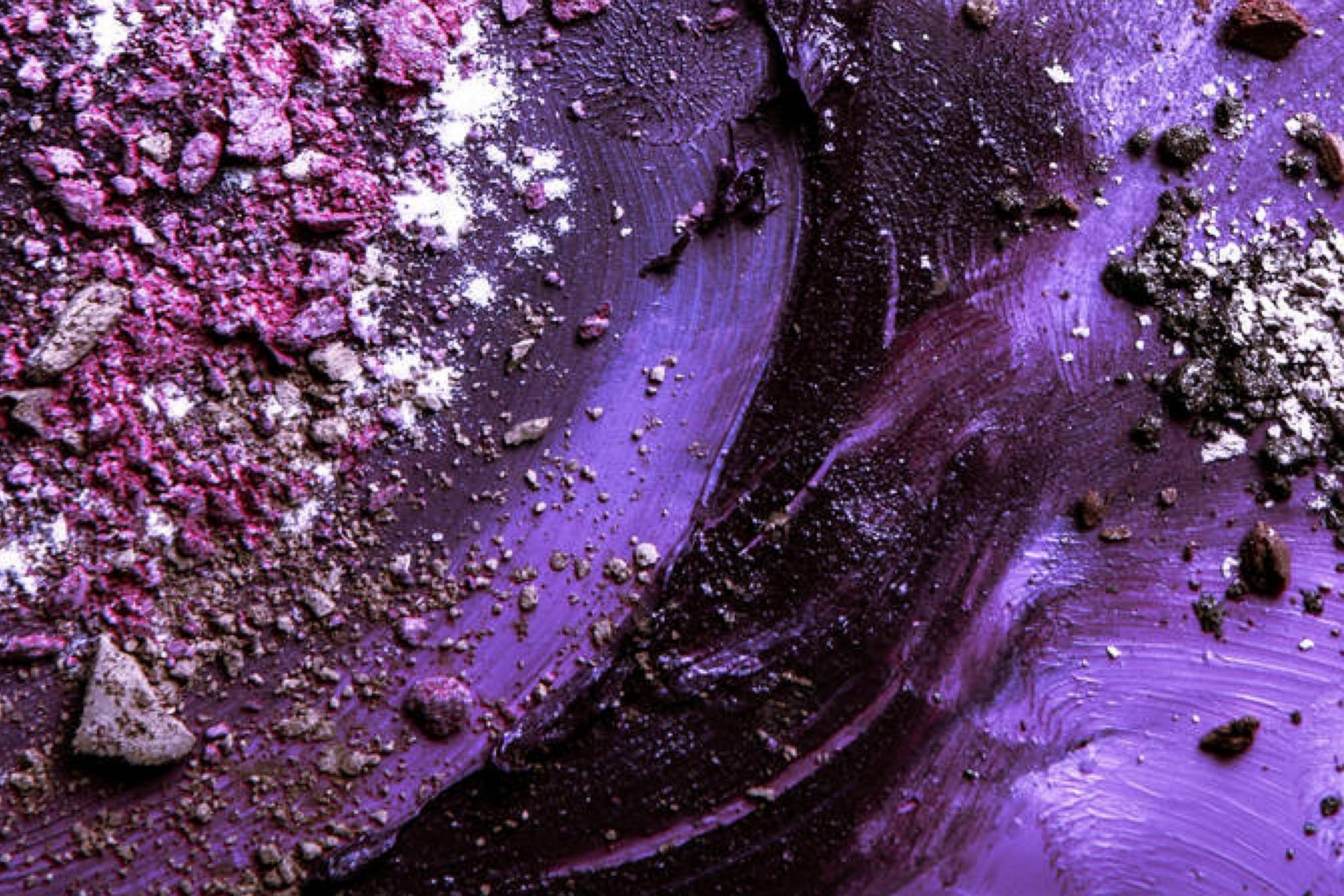
Gelpi via VistaCreate
Table of Contents
What Is Base Paint?
Now that you know what it means to tint a base paint, we suggest you learn more about this term since many people don’t have a clear understanding of what base paints are.
To begin with, you may be surprised to find out that base paint is not what we call primer! See, the major distinction between these two is pretty easy to see:
- The primer is used as a base coat before applying a new color to a wall
- The base paint is not used for base coats. Instead, base paint is a medium that is used to create colored paints

housekeepingbay.com
And even though there is the word “paint” in the name, base paint is not a complete paint, in a traditional sense. It is a foundation that is specifically designed to have something added to it (namely colorant) before it is used.
There is another distinction that makes it quite easy to define that you are dealing with base paint. If you open a can of base paint, you will see that it usually looks white in appearance.
However, the true color of the base paint is actually clear.
It is very practical since the clear substance can integrate with the materials found in the colorant, thus accepting the solids and creating the final tint.
That causes the hue of the paint to change, as the colorants are incorporated into the clear material.
Now that you have a clearer understanding of what base paint is and what it means to tint base paint, we suggest you dig a bit deeper into this topic and find out a few useful nuances that might help you make your next painting project much more easier and less stressful.

kazzakova via VistaCreate
Can I Use Base Paint Without Tint?
This is quite a common question since people wonder whether it is possible to use base paint (which is actually a clear colorless substance) without adding a tint to it. Well, technically, yes, you can do that. But the result isn’t going to be ideal and you need to take that into account before you try.
See, painting with tint-free base paint doesn’t do any harm, of course. But, as long as the paint is lacking colorant, which is a basic component needed for creating a complete paint, appropriate coverage might become doubted.
It is important to understand that, even if you are going to paint your walls pure white, you still need colorant added to the base paint! Otherwise, the paint doesn’t have the amount of pigment that it should.
As a result, if you are trying to cover an existing wall paint color with white, the odds that the color will bleed through are significantly higher with an untinted based paint. In comparison, if you use a tinted base paint, this is very unlikely to happen.
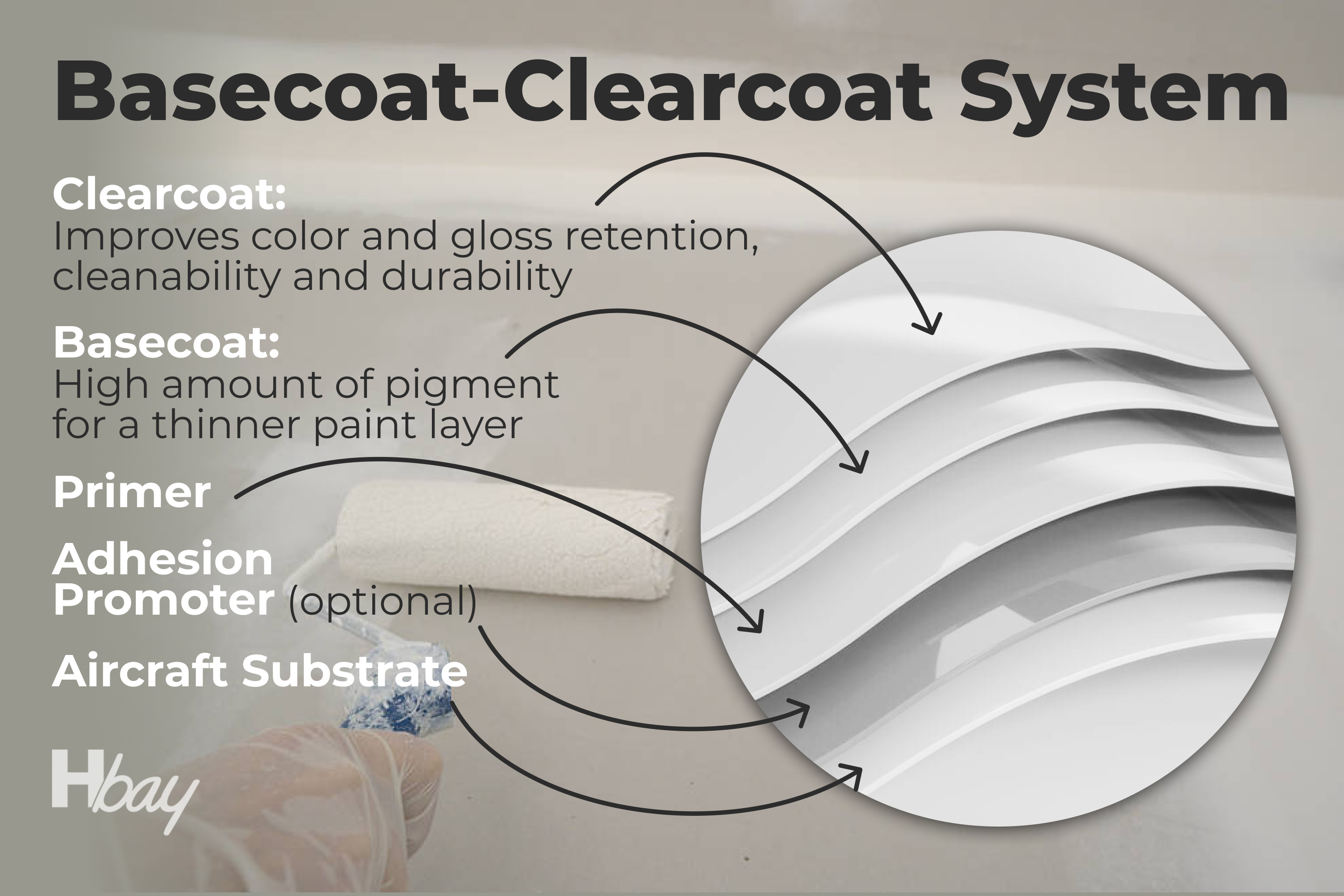
housekeepingbay.com
The results will be particularly disastrous if you try to use untinted deep base paint. Deep base paint has the least amount of white pigment, allowing it to accept more colorant and create deeper colors when tinted.
Without colorant, it dries somewhat clear, offering little to no coverage.
Essentially, base paint must be tinted before painting with it if you want strong coverage and the correct final color. The colorants make a difference.

Gelpi via VistaCreate
What Happens When I Use Base Paint Without Tint?
Imagine that you already have a can of base paint, but it contains no tint. What would happen if you try using it? Is it possible that the results you get will satisfy you? Well, whether you get decent results depends on a few things:
- First, what color (if any) are you painting over?
- Second, what kind of paint base do you have?
For example, if you have a white base or base-1 untinted paint and are painting over a white wall, everything could be fine since you are just essentially trying to refresh the current color.
Those paint bases (white base and base-1) have the highest amount of white tint in them, so you will get some color deposits.
In addition, you are not trying to change the existing color, all you do is just refresh the underlying one. While your results may not be impressive, they could be quite satisfying!
However, it happens quite often that using base paint without tint will simply not work at all. That’s because part of all base paints is clear, which means you won’t get complete coverage.
Let’s say, if you are going to cover a white wall and use any base paint (except white base or base-1 untinted paint), the result you get may seem streaky or patchy. Even though the only pigment in the bases is white, you know for sure that there are no two whites that are the same.
And since the coverage is lacking, it won’t look even. For walls that aren’t white, base paint without tint is definitely not enough to cover the old paint up!
Base paints aren’t rich with pigment, so they won’t provide you with strong coverage. You will be able to see the old color popping up through the new paint.
Like that, it is always better to opt for tint base paint for your painting projects rather than tempting your fate by trying to get decent results with the tintless base paint instead.
And since in this section we have mentioned several types of base paint (e.g. base-1 and white base), we find it necessary to explain each of them in more detail to you.
Paint Bases. The Different Kinds of Paint Bases
If you don’t paint often, you are most likely unaware of the types of paint bases that exist out there. There are four different kinds of paint bases, that’s what you should keep in mind.
Also, it is good for you to know that there are two labeling approaches. With this in mind, you will better understand how to tell the difference between the base paints that can be found on the market.
With one approach, the numbers from one to four are used to label the types of base paint. In this case, the cans will be labeled Base 1, Base 2, Base 3, and Base 4 respectively. What is the difference? It’s pretty simple. Just check this out:
- Base 1 contains the most white pigment. It’s best for whites or pastels
- Base 2 still leans toward the lighter side but it is more suitable for slightly darker hues though
- Base 3 may be best for mid-toned paint. It has less white pigment than Base 1 or Base 2, allowing it to accept more colorant
- Base 4 is for dark paints. It contains the least amount of white pigment and can incorporate the most colorant

Some companies, however, use a different approach when naming their base paints. This is why you may also see labels like White Base, Pastel Base, Light Base, Medium Base, and Deep Base.
Which base do you need to use? Well, it depends on the color you are trying to achieve.
- White Base has the most white pigment in it, followed by Pastel Base and Light Base
- Medium Base and Deep Base are for medium and darker colors, respectively, with Deep Base featuring the lowest amount of white pigments
There is another type of base paint you may see, which is called Accent Base. The Accent Base is used for achieving rich, vibrant colors.
Generally, this type of base paint has very little incorporated white pigment, which is allowing it to accept more colorants for giving you brighter colors and better results.
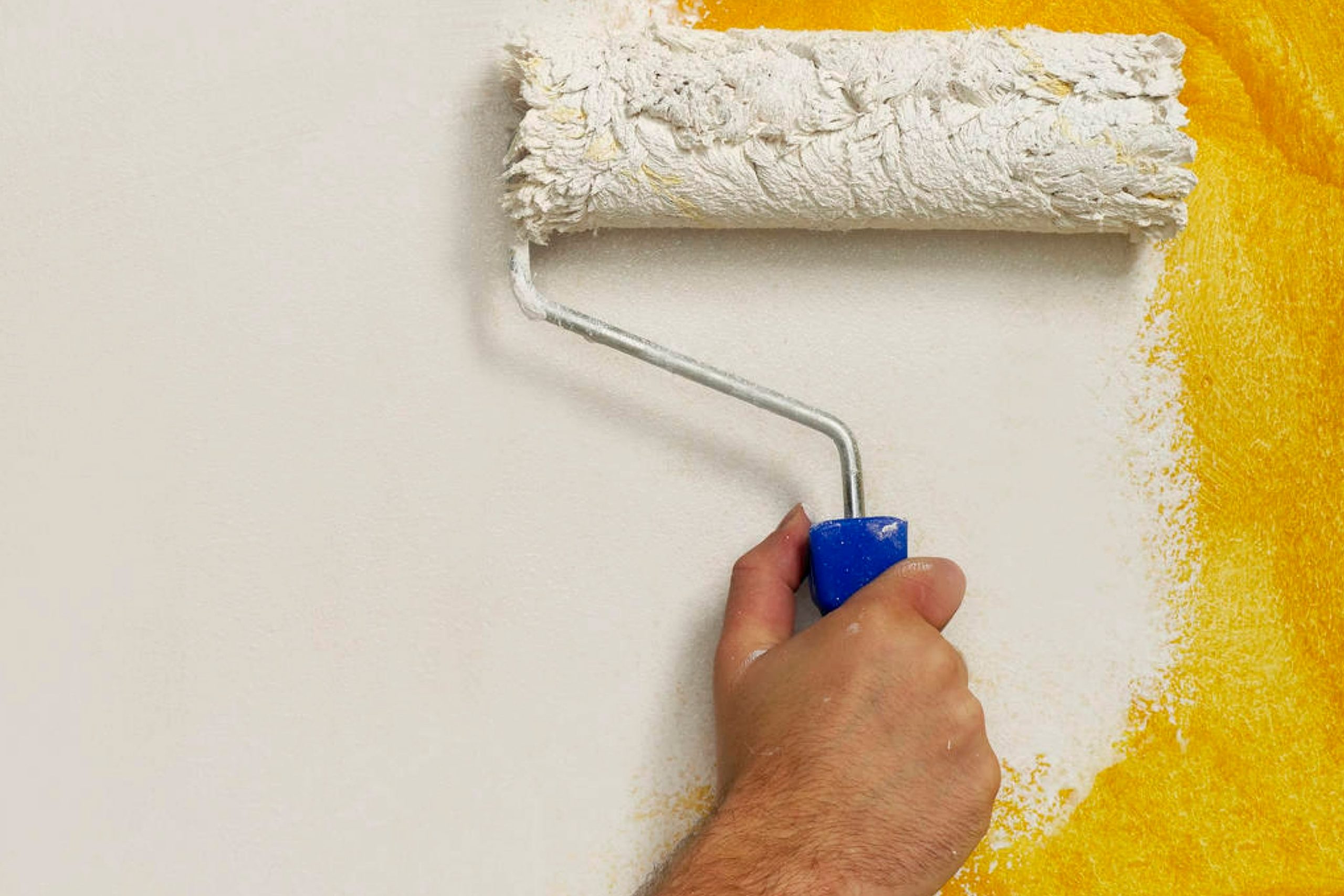
Goir via VistaCreate
What to Do If I Used Base Paint Without Tint by Mistake?
People don’t always use tintless base paint for a purpose. Sometimes, we can apply it by mistake. If you used base paint without tint by mistake, there is no reason to panic. It is still very easy to correct:
- First, let the coat of untinted base paint dry. That way, when you add new paint, the two won’t mix. The new coat will simply go over the untinted base paint layer
- Second, determine if you want to have your existing base paint tinted or if you want to buy different paint. If you only used a little, you may be able to bring it back to the hardware store and have some colorant added. Then, you could use the rest just as you usually would.
However, this approach isn’t ideal if you’ve used a significant amount of the base paint already.
Usually, paint tinting machines at hardware stores are programmed to add colorant to full cans or buckets. Since you’ve used some, you don’t have the same number of gallons in the can or bucket now. The amount of colorant won’t be ideal for the paint you have remaining, so the result may be less than desirable.
Additionally, certain base paints can’t be turned into specific colors. For example, making a Deep Base or Base 4 paint white probably won’t work.
In those cases, buying new paint – either colored paint or base paint that you have tinted in-store – is the better approach. You can make sure you get the look you want and that the quality of the paint will work for your needs.
Finally, paint your walls with the now-tinted base paint or your new paint. You shouldn’t see any issues during the application or when your paint dries.
Like this, you can relatively easily fix the problem if you accidentally used the untinted base paint.
Well, now you know what base paint is and what tinting base paint is. And moreover, you have learned what types of base paint exist and what makes them different.
This will help you to select the suitable type of base paint and fix the aftermath of using tintless base paint if you happen to apply it by accident.
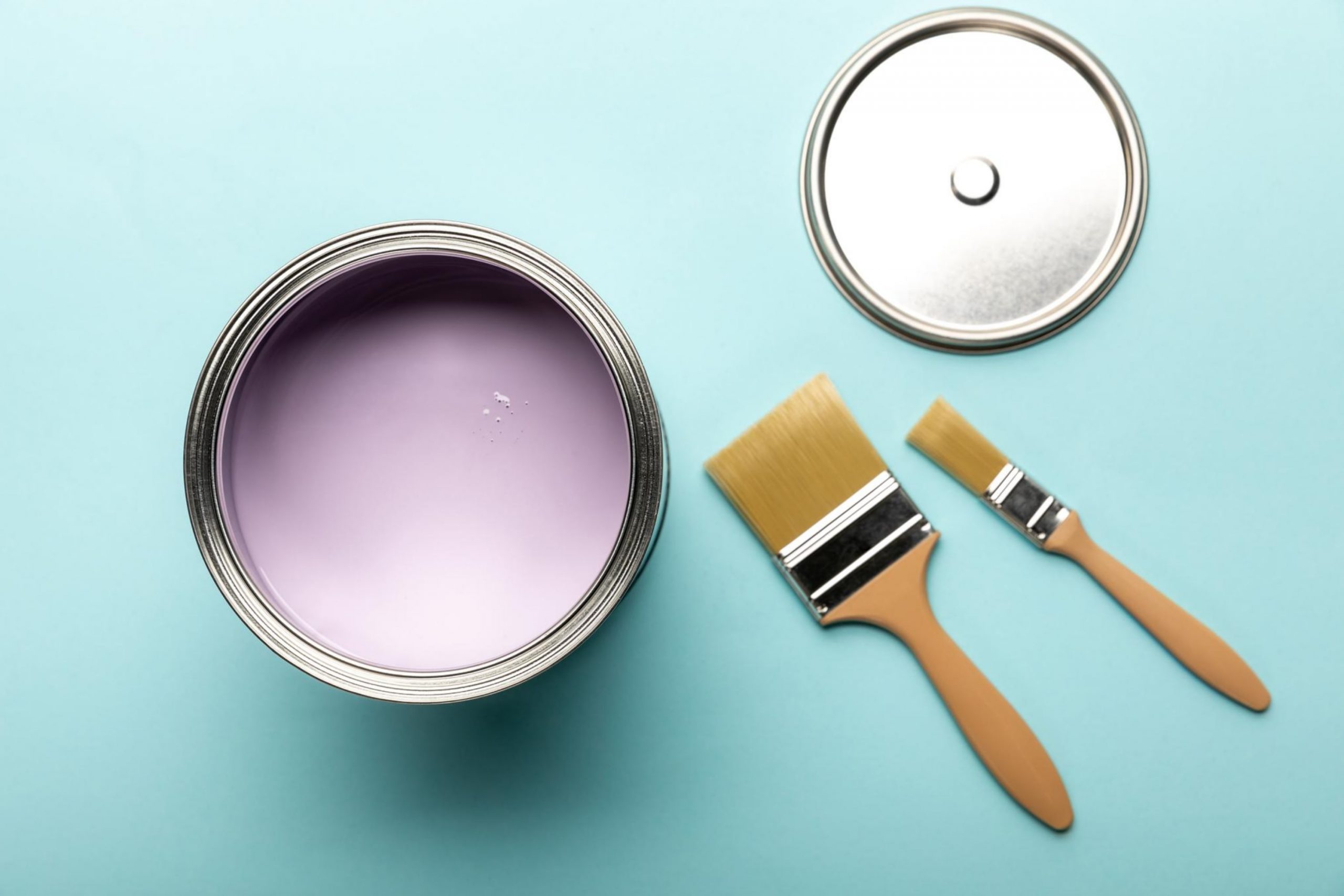
AntonMatyukha via VistaCreate
Ever wished paint sampling was as easy as sticking a sticker? Guess what? Now it is! Discover Samplize's unique Peel & Stick samples. Get started now and say goodbye to the old messy way!
Get paint samples




Frequently Asked Questions
⭐Do you have to tint white base paint?
Yes, tinting base paint is very recommended to provide better coverage. However, base paint can be used without added tint.
⭐What is medium base paint?
The medium base paint is the color that is considered in the middle between light and dark. It’s a paint which is commonly used in homes, businesses, and the like.
⭐What does the base mean on paint?
The base number included on a paint can refers to the different base paints that can be used to start the process of mixing your desired color. The base is the foundation that other colors are added to.
16 thoughts on “What Is Tint Base Paint?”
Leave a Reply

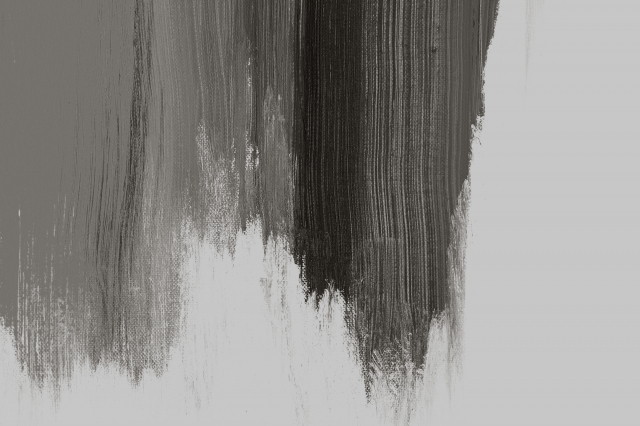



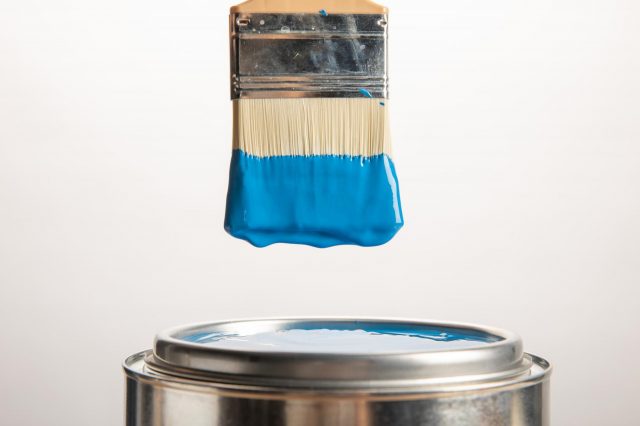
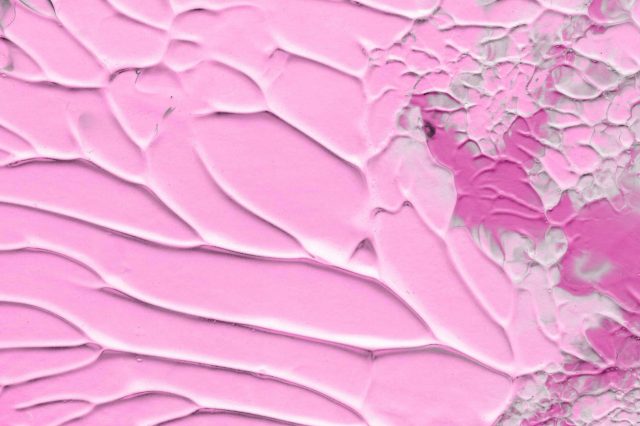

I’ve recently came across a can of paint and its label stated “Base 1”. What is that? And what color is base 1 paint?
If I recall it correctly, Base 1 paint is a paint base that is the lightest of them all, meaning that it’s almost transparent. But it doesn’t mean you must tint it! Base paints can be used untinted, as far as I know.
What is untinted paint? Is it the same as the base white paint?
Yeah, I’m pretty sure they are the same things. To be honest, I’m also a bit puzzled with all these tinted and untinted things…But as far as I could see, the paint base is the same as untinted paint.
Hi! Thank you for such a useful article! You helped me figure out quite many things I was not sure about before. I only have one question: what is pastel base paint used for? See, I’d liek to try it in my home but I’m not sure where it migth work best of all. Thanks!
Hello! Well, pastel base paint can be used for all interior walls and woalso for odwork around the house. It is rather handy since this paint can be easily scrubbed and cleaned up when needed. Also, some brands sell this paint with the spatter-resistant feature which provides an even flow while painting.
Can anyone explain to me one thing? What is tinted paint? I read about white tint base paint which is actually untinted, but also, there are tinted paints…What is the difference?
Hi! Yeah, I know it can be a bit frustrating to figure out what is what. See, to keep it simple, there is what is called a white tint base paint. This is a clear/colorless or white substance that is used as a paint base. It is mixed with different pigments (tinted) to create a desired hue. This is what tinted paint is.
As for the white tint base paint, it’s the name of this colorless base substance due toit whitish hue it often has.
Could you please help me with one issue I can’t figure out myself? As far as I know, a paint base is clear. That means you have this colorless substance where you add pigments to get the color you need. Then hat is white tint base paint?
Hi! Well, I’m not a professional at these paint-related things, but I guess that white tint basepaint refers to the base paint itself. See, it usually appears to be white when still in a paint can. But you are also right, the majority of base paints are clear. So I guess that white tint base paint is actually that colorless basic substance that folks often use it untinted as it is.
Hi everyone! Look, I have a question that you will probably consider weird.. What is tint base paint used for? I’ve only recently learned about this kind of paint and for now, I don’t quite understand the specifics of its use.
Hi! Well, first of all, I guess you didn’t get the concept of a tint base paint quite correctly. See, “tint base paint” means that you take a paint base which is typically clear and then you add colorants/pigments to it to get a desired hue. You literally tint the paint base. So it’s not a specific type of paint like oil paint or acrylic paint. So asking your question, tinting the paint base is used for getting the desired paint color you need for your paint project.
Is it better to mix colorants to the base paint myself or ask a store assistant to do it? I need to buy some base paint, but I can’t decide whether I’ll bee able to mix the needed color or not.
I’d say you should ask a store assistant to do it. They know what colorants to add and what amount of them to use to get the required hue. If you have no experience in doing this, cnahces are high that you may mix sommething wrong.
Hi! I’m gonna repaint my walls to refresh the existing color, and a friend of mine recommended me to use base paint. Does anyone know whether it’s ok to use medium base paint without any tint?
Yes, it’s possible to use base paint without using a tint. It’s a paintable vinyl that dries when applied to your walls. However, even if you wanted only white, you wouldn’t be able to obtain the hue you desire without tint. Furthermore, the paint color beneath will seep through if there is one.